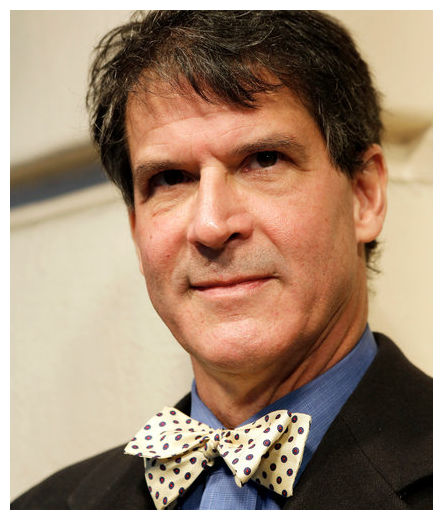
© Jennifer Taylor/The New York TimesDr. Eben Alexander III
For years Dr. Eben Alexander III had dismissed near-death revelations of God and heaven as explainable by the hard wiring of the human brain. He was, after all, a neurosurgeon with sophisticated medical training.
But then in 2008 Dr. Alexander contracted bacterial meningitis. The deadly infection soaked his brain and sent him into a deep coma.
During that week, as life slipped away, he now says, he was living intensely in his mind. He was reborn into a primitive mucky Jell-o-like substance and then guided by "a beautiful girl with high cheekbones and deep blue eyes" on the wings of a butterfly to an "immense void" that is both "pitch black" and "brimming with light" coming from an "orb" that interprets for an all-loving God.
Dr. Alexander, 58, was so changed by the experience that he felt compelled to write a book, "Proof of Heaven," that recounts his experience. He knew full well that he was gambling his professional reputation by writing it, but his hope is that his expertise will be enough to persuade skeptics, particularly medical skeptics, as he used to be, to open their minds to an afterworld.
Dr. Alexander acknowledged that tales of near-death experiences that reveal a bright light leading to compassionate world beyond are as old as time and by now seem trite. He is aware that his version of heaven is even more psychedelic than most - the butterflies, he explained, were not his choice, and anyway that was his "gateway" and not heaven itself.
Still, he said, he has a trump card: Having trained at Duke University and taught and practiced as a surgeon at Harvard, he knows brain science as well as anyone. And science, he said, cannot explain his experience.
"During my coma my brain wasn't working improperly," he writes in his book. "It wasn't working at all."


Comment: See also: The Greatest Epidemic Sickness Known to Humanity